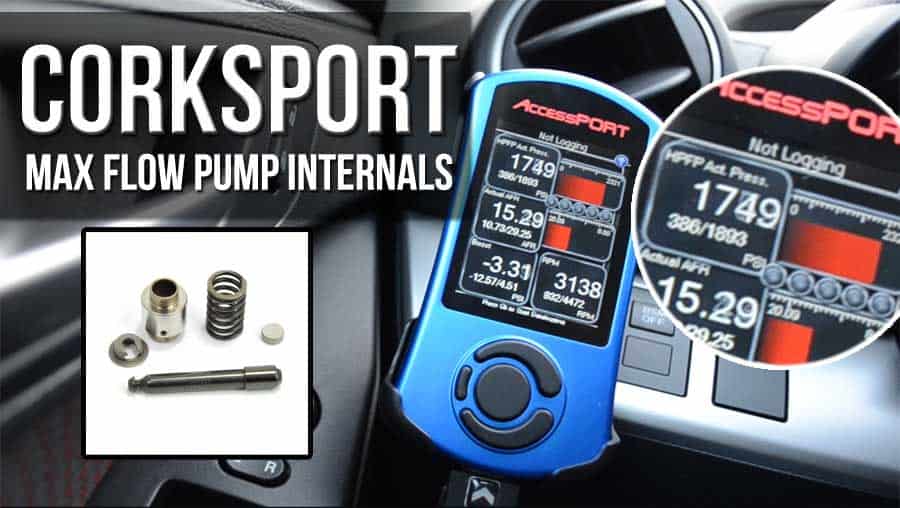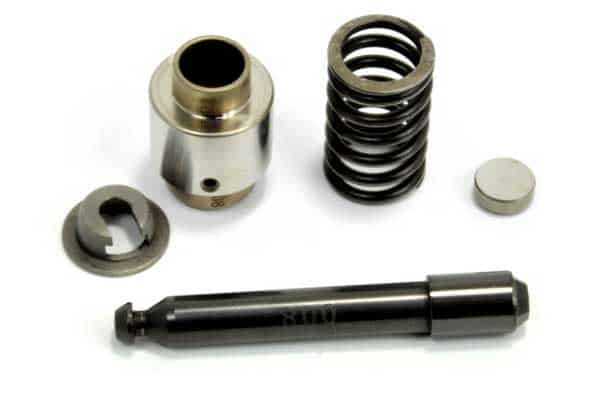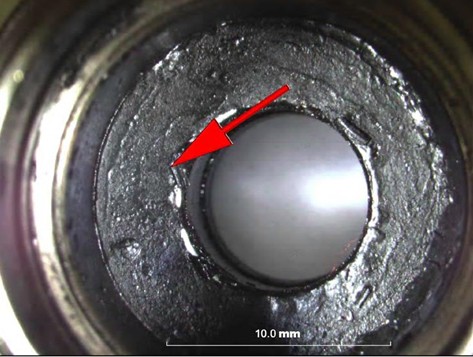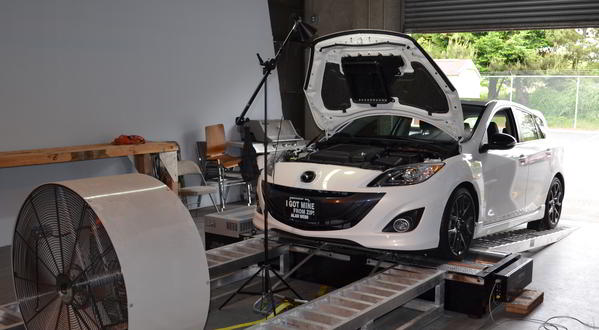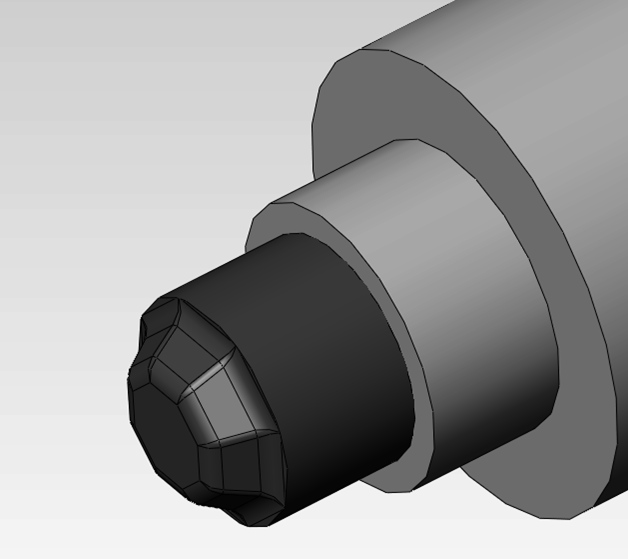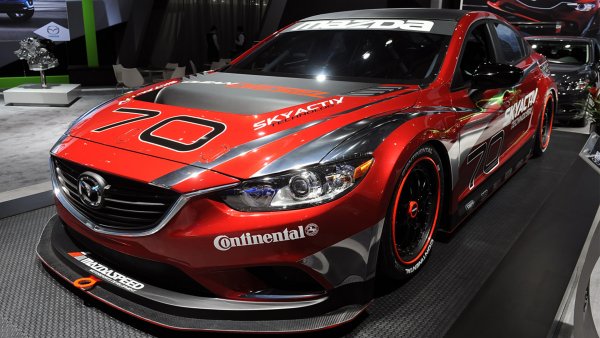Get Your Race On
The 2014 SCCA Majors race season kicked off for the west coast at Autoclub speedway which most people know as that place they race Nascar and Indycar in California. What most people do not know is the track also runs an infield circuit aka sports car course which the SCCA uses for events.
The fun thing about Autoclub is I have never raced there before so all I had to familiarize myself was watching youtube videos of people running the track. I had to skip the Friday practice and qualifying so my first time on the track was the second qualifying for 15 minutes on Saturday morning. I was careful to make sure I was behind the other 2 B-Spec cars which were attending the event so I could follow them to #1 and get a measure of their speed and #2 see how they were taking lines on the track to use later.
If you have never driven on an oval before it is crazy at the angle you sit at on the actual oval sections of the track. You mind say you will slide down the track if you are not moving. When you are at race speed you have to tell yourself that you will not slide up the track doing over a 100 in a corner.
For the first race I qualified 2nd and was a Mazda 2 sandwich between the Honda fits. At the start of the race both Honda jumped in front of me but I was able to pass 1 of the cars to get back behind the faster red car. I had paced the 1st place for for a few laps and I found sections where I was faster and could make up time against him. The race was going to be 13 laps based on the time we had for the event so on lap 11 I got a great run at the Honda and passed him on the corner of the oval to take the lead. I was able to hold him off for 2 laps to take the first win of the season for CorkSport and Mazda. During that race I also happen to set a new B-Spec track record at 2:09.8 which put me on the pole for Sunday’s race.
On Sunday I was able to jump out in front at the start and keep both of the Hondas behind me for the duration of the race to take the second win of the weekend.
The next Majors event was at Inde Motorsport Ranch in Willcox Az. Willcox is about 1 hour east of Tucson which is the middle of nowhere. The track there was incredible to race on and very technical in contrast to Autoclub where HP rules aka Inde is a great B-Spec track.
Saturday started out with a quick practice session with a mixed group of the really fast cars aka GT1 etc and the slower cars aka B-Spec etc. When you drop the really fast cars with the slow cars it becomes and exercise in watching your mirrors at all times to not get run over which I happen to excel at based on previous races. I learned that the race was going to be won or lost on the exit speed of corner #1-2 on to the main straight. You mess that up you will find yourself behind by seconds by the time you hit the end of the straight. After a quick qualifying session I found myself in 2nd by a few hundredths of a second behind once again the red Honda fit. The race started off like they normally do with the first lap chaos which saw a STU class RSX hit a H Production Spitfire and spin him out in the middle of corner #2 right before the straight which caused everyone to take some evasive moves. Both Honda fits were able to put a few cars between them and myself. I slowly worked around cars and was able to pass the black fit to start working on running down the red car.
By lap #16 I had caught up the red fit when the 1 to go sign came out which meant I had to get past him now. On the main straight I was able to get right up on the fit and close up with some late braking into #7. Right at that point two faster STU class cars caught up and dropped right into the corner on top of us. There was a BMW Z3 who went into the corner too fast and I had to drive off the track to avoid getting hit.

I was able to catch back up to the BMW in the corners but the two faster cars were not able to get around the Honda fit to give me a chance to catch him before the finish so I had to settle for second place (I was not a happy driver).

Determined to not let that on track experience ruin my weekend I focused on where I could improve my times by looking at the data from my Aim Solo DL. There were several spots on the track that could be better so I focused my energy on the one spot which would give me the most benefit for the next day.
On Sunday there was a short practice session which I went out on and I was able to turn a fast lap which I was happy with and could count on making myself competitive for the race with.
The race was full of adventures as they always are and in the end I came out in first place. Instead of making you watch a 7 minute full race video check out the condensed version with the highlights above. There is plenty of good stuff.
With the three first place finished and 1 second I am in the lead for the Western Majors Conference for B-Spec for the year. The next two events are in April at Thunderhill in willows California and two weeks later at Button Willow. Both of those tracks I have experience at and there is rumored to be 3 new cars to race against in B-Spec. If anyone is near one of those tracks we always welcome customers and friends of CorkSport to stop by the track and say hello. Feel free to contact me if this is something you think you would like to do.
-Derrick






